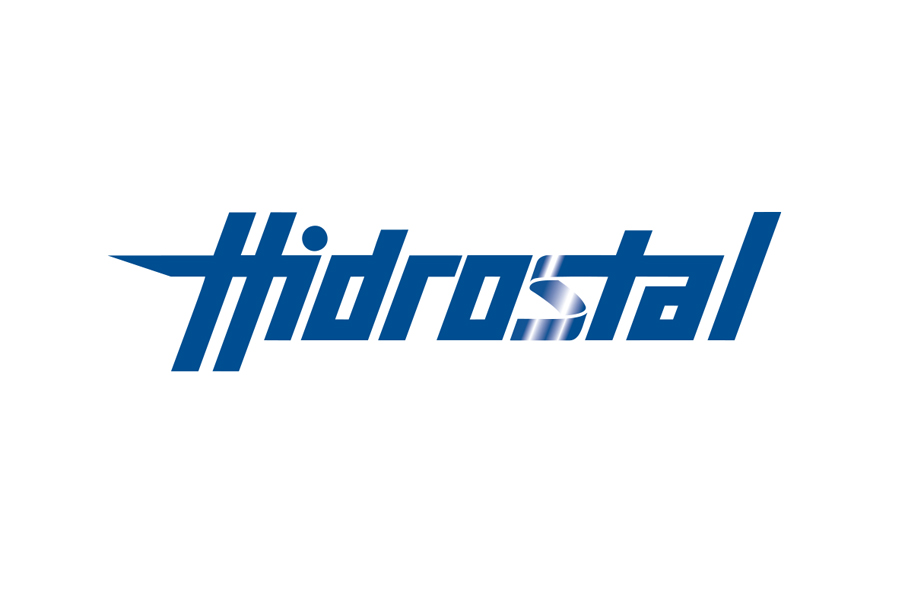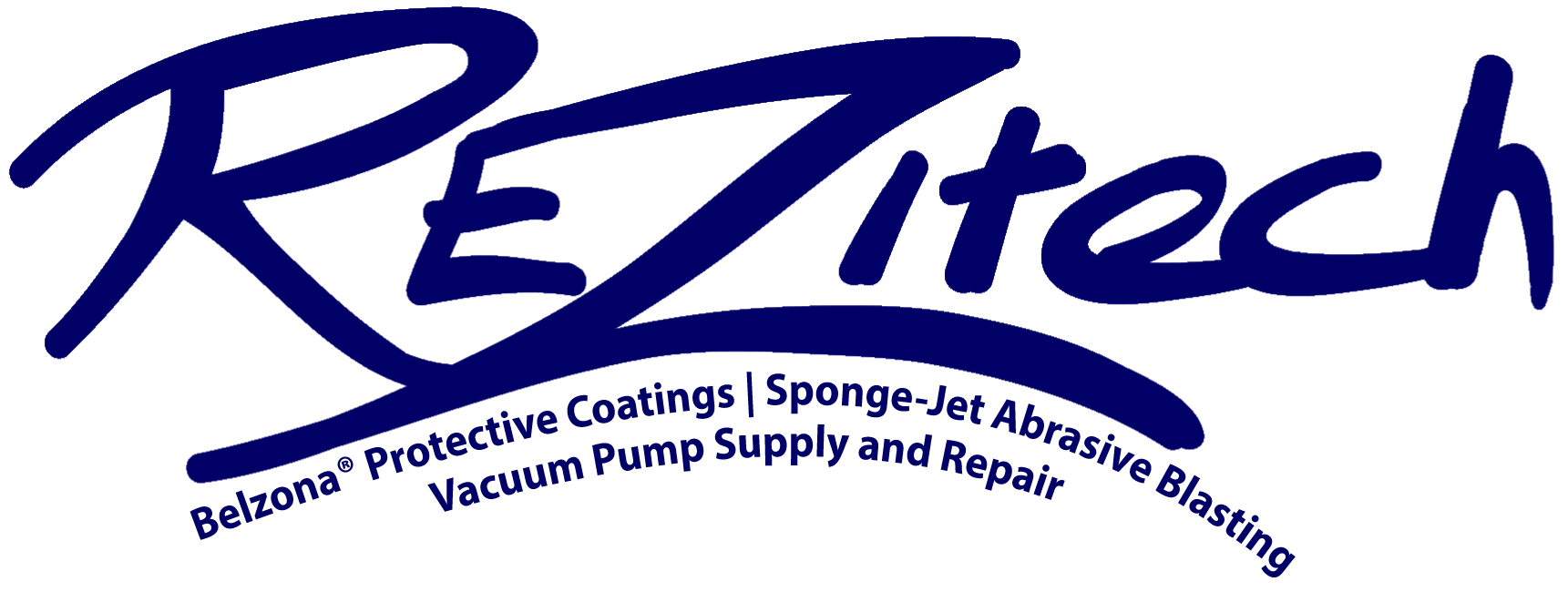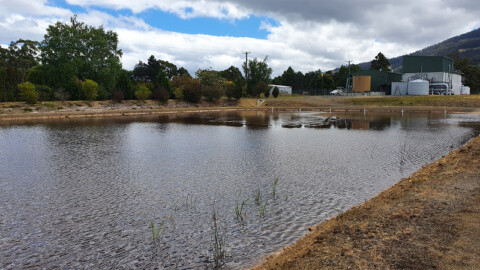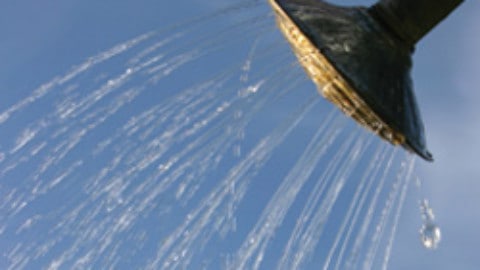Dissolved Air Floatation (DAF) systems have been used by the food industry for decades to treat wastewater, and there is no debate that a DAF system is still by far the most appropriate solution for wastewater handling at large food processing plants.
One of the inherent features of a DAF system is that the solids removed from the surface will always contain a reasonable amount of water. Depending on the type or nature of the wastewater, the chemical program applied and the efficiency of the DAF sludge removal mechanism, the dry solids concentration in DAF sludge can vary from three per cent to 10 per cent – or perhaps higher in some isolated cases.
For this reason, DAF sludge is often further processed in a dewatering system to generate a spadable sludge with up to a ten-fold decrease in sludge volume.
In smaller applications however, dewatering of sludge is often overlooked perhaps due to the cost of the dewatering machinery (which can be similar to that of the DAF system) or belief that disposal of the sludge as a liquid slurry will not be such a burden.
But what if there was a process that could treat wastewater and produce a dry spadable cake in one step? Well there is – and it’s not as complicated as you may think!
Sludge generated by a DAF system rarely exceeds 10 per cent dry solids content compared to sludge produced by the HUBER ISP which will contain in excess of 30 per cent when treating industrial wastewater.
Inclined Screw Presses (ISPs)
Inclined Screw Presses are currently the most popular method of dewatering DAF sludge due to a combination of factors such as cost, low power demand and simplicity of operation. In addition, an ISP can dewater just about any DAF sludge to a spadable consistency. Sizing of an ISP is determined by two factors – the hydraulic load and the solids load.
The HUBER ISP features an oversized low-pressure drainage zone at the inlet which is one of the keys to dewatering thin or low solids concentration slurries. In this zone, any free water simply flows through the internal filter, effectively leaving a thickened sludge that can be dewatered in the high pressure zone regardless of the concentration of solids in the feed.
It is this exclusive feature that enables the HUBER ISP to be used to treat wastewater and generate a spadable sludge in one simple step.
 Apart from lower capital costs and significantly lower space requirements, there are many advantages of being able to do this, including:
Apart from lower capital costs and significantly lower space requirements, there are many advantages of being able to do this, including:
- Lower operating costs with a very low power demand
- Lower operating and maintenance costs with less operator hours operating a single machine
- A completely contained treatment/dewatering process, reducing odours and limiting contact with the wastewater
It takes experience to be able to identify when a single step process can be used, and sometimes it is necessary to change the chemical regime to optimise the process, but with the advantages that are available, taking the time to talk to an expert can be well worth your while.
Hydroflux Industrial is one of Australia’s most experienced industrial wastewater treatment companies and a member of the Hydroflux Group.
This partner content is brought to you by Hydroflux. To speak to an expert call, 1300 417 697, or for more information visit www.hydrofluxindustrial.com.au.






















